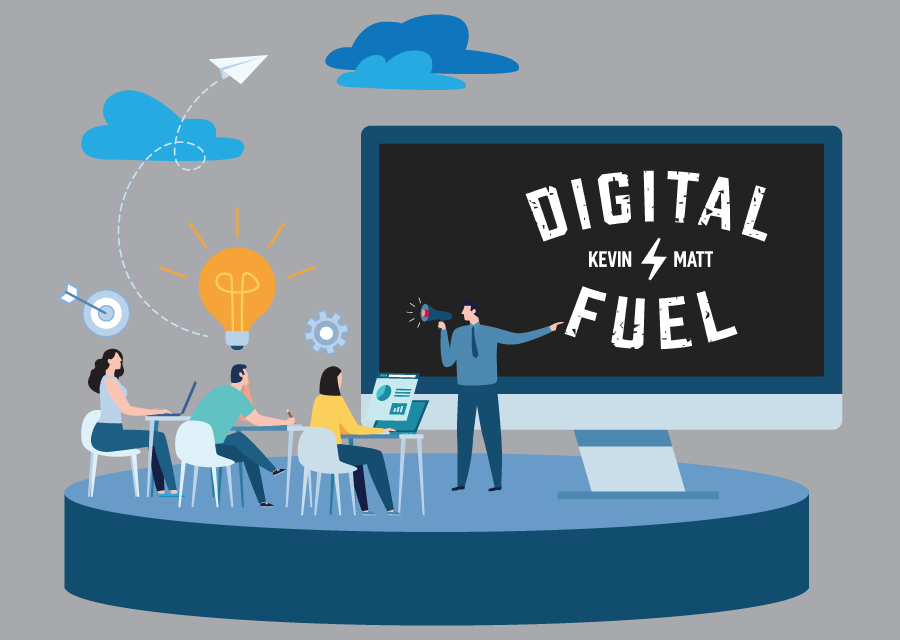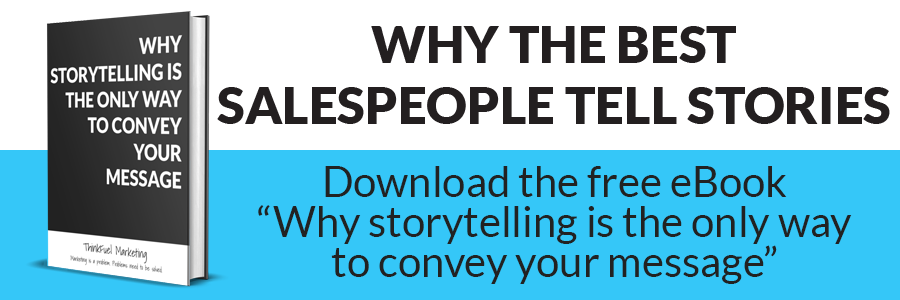Inbound and Outbound Marketing: What's the Difference?
When you’re running your own business regardless if it’s online or brick and mortar, there are a lot of decisions that need to be made. Many you likely already have a good handle on, but some could be a little outside your wheelhouse.
The differences between inbound and outbound marketing could be one of them. You likely do some type of marketing for your business, but is outbound or is it inbound? If you don’t know, then we’ve put together some information to help understand the differences.
You need the right type of marketing for your business, so it’s best to understand the differences between the two.
What is Outbound Marketing?
Imagine the marketing world as a river and you’re in a boat trying to grab customers i.e. fish. Outbound marketing is taking a massive net and throwing it into the water to catch as many fish as possible.
Outbound marketing ids getting your message out to as many people as possible and it doesn’t matter if they know your business or are interested in your business. So, you throw out the net and you’re looking for tuna, but when you reel it in you’ve got tuna, salmon and other types of fish.
Outbound marketing is closely associated with traditional marketing avenues such as newspaper ads, radio ads, etc. Your focusing on your products and services and hoping it reaches the ears and eyes of people that want your service.
The biggest problem is the number of people that need or want your product or service is smaller than the total amount of people hearing and seeing the advertisement. Your return on investment is smaller because it’s reaching a lot of deaf ears.
You’re still getting customers and traffic to your site, but it’s smaller than if you concentrated your efforts on people that specifically wanted your products or service.
In order to be effective with such a large audience, outbound marketing must be very general, so it relates to the largest amount of people possible.
What is Inbound Marketing?
If we go back to the fishing analogy, inbound marketing would be like having a specially made net that can only catch the fish you’re looking for. It’s a smaller net that attracts the fish instead of grabbing anything that comes along.
So, your message is going out to a smaller group of people, but those people are already interested in your product or service.
The message isn’t general, but specific to the needs and wants of your customers. It’s also not just one message, but several sent out to specific types of customers.
This is achieved primarily through the content on your website. It’s the web copy, your blogs and downloadable assets like white papers and eBooks.
For example, if you sell furnaces, then outbound content would be newspaper ads for new furnaces. Inbound marketing would be a blog post about signs your furnace needs replaced.
People would search on Google for signs your furnace needs replaced and visit your website and read your blog. The ultimate goal is for them to choose your business for a new furnace.
The people are already interested in your product or service and are looking for more information before deciding. The varied types of content you have on your site, the more types of people you’ll attract.
Using Inbound and Outbound Marketing for Your Business
When it comes to the types of marketing, it’s not an either/ or situation. A good marketing plan has both inbound and outbound marketing.
You spend part of your advertising budget on traditional marketing efforts like radio ads, pay per click and social media advertising. This brings in people who may not have been thinking about your services or products.
You also invest in inbound marketing that reaches customers along all levels of the sales funnel. Outbound marketing is a general message designed to grab people at the beginning of their sales journey or people in the middle of their journey who never thought of your company.
Inbound marketing uses content to attract people along the beginning, middle and end of their journey. You can use it to not only attract people but help them move from one area to the next.
For example, people thinking they need a new furnace may begin their journey by reading your blog post. They like what they saw, so they sign up for your newsletter and you’re able to send them sales copy about the various furnaces and keep your company in the front of their mind.
When they reach the middle of the sales journey, they’re comparing different companies and gathering information. You’ve already attracted them with your emails and downloadable content.
In the final state, they’re ready to decide and are just narrowing it down. You can provide them an email about discounts or special offers to help move them to you.
Cost of Outbound and Inbound Marketing
Since outbound marketing consists of traditional marketing efforts, it costs the most money. You’re paying for the ads, etc. If you choose to write all the copy yourself, then the only cost of inbound marketing is your time.
You can also hire people to do SEO services to help with website rankings for your inbound marketing content. You may also hire professional writers for the blog writing services, so it looks professional and well-written or if you don’t have the time to write it yourself.
Inbound marketing is very important because people are inundated with advertising in the real world and online. Most people prefer to learn about a company through good content than through an advertisement.
It’s All About Balance
Inbound and outbound marketing is important for your business. It’s a delicate balancing act, but one you must learn to manage to maximize your business potential. There are companies that can help you with your outbound and inbound marketing services.
For more information about these types of marketing, please explore our site.
Table of contents
Share this
You May Also Like
These Related Stories

Email Marketing Best Practices - Going Beyond the Monthly Newsletter

Why Is Content So Important in Marketing - Digital Fuel Podcast Episode 2



